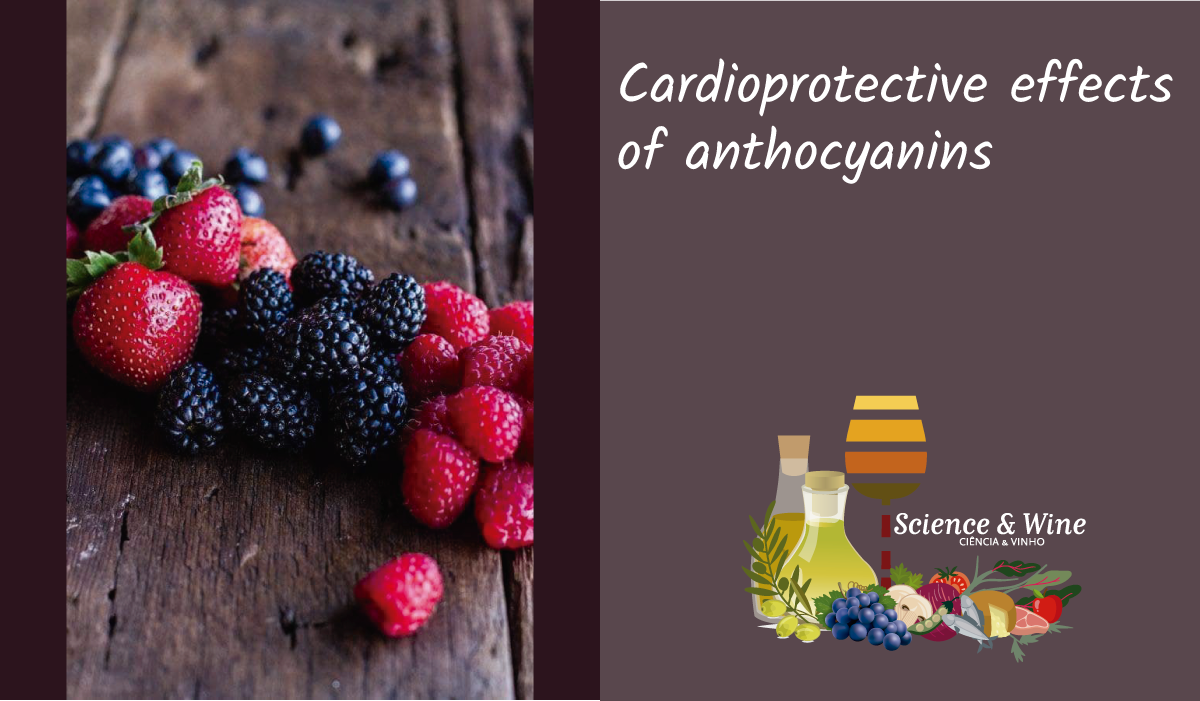Dietary sources of anthocyanins include red and purple berries, grapes, apples, plums, cabbage, or foods containing high levels of natural colorants. Cyanidin, delphinidin, malvidin, peonidin, petunidin, and pelargonidin are the six common anthocyanidins. Following consumption, anthocyanin absorption occurs along the gastrointestinal tract, being distal lower bowel the place where occurs most of the absorption and metabolism. In the intestine anthocyanins first undergo extensive microbial catabolism and then absorption and human phase II metabolism, producing hybrid microbial–human metabolites, which are absorbed increasing anthocyanins bioavailability. Health benefits of anthocyanins have been widely described, especially in the prevention of diseases associated with oxidative stress such as cardiovascular ones. In this post is summarized recent findings on cardioprotective effects of anthocyanins. Read all that: https://www.ciencia-e-vinho.com/2021/01/06/cardioprotective-effects-of-anthocyanins/
